Seborrheic Dermatitis Vs. Dandruff: Major Differences And Tips
Understand the differences between the two to tackle the concerns at their source.
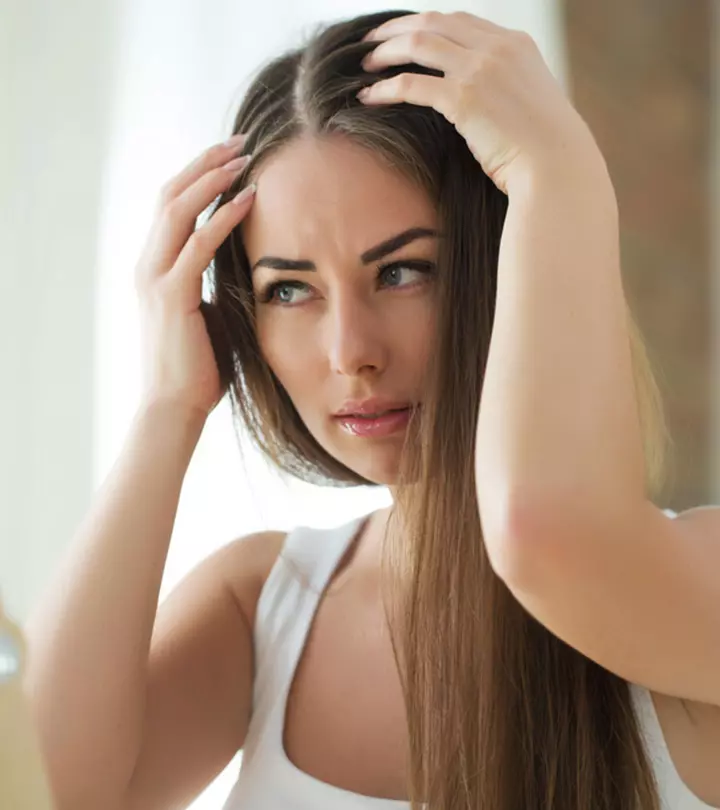
Seborrheic dermatitis vs. dandruff – how can you differentiate between the two? Both are characterized by white or yellow flakes on your scalp that could be both oily and dry. But there are certain differences. Dandruff is restricted to the scalp and occurs without inflammation (1). Seborrheic dermatitis affects the scalp along with the face and other parts of the body and causes inflammation. Keep reading to know further about these differences.
In This Article
Seborrheic Dermatitis And Dandruff – Explained
Seborrheic dermatitis is skin inflammation that manifests as scaly patches and itchy skin. It is the result of an allergy or an autoimmune response. It tends to occur in areas with numerous sebaceous glands. The flakes are usually yellow to gray, and are easily detachable and greasy. This condition affects both adults (11%) and infants (70%).
Seborrheic dermatitis is often confused with rosacea, psoriasis, erythrasma, atopic and contact dermatitis, and tinea capitis (ringworm fungal infection of the scalp) (2). This condition is not contagious.
Dandruff is a common inflammatory skin condition affecting a majority of the global population. It is also characterized by big or small, light yellow or white skin flakes and an itchy scalp. While it does appear to be similar to seborrheic dermatitis, both conditions have certain differences. We will explore the same in the upcoming section.
Key Takeaways
- Seborrheic dermatitis, an inflammatory skin condition, affects the body and scalp, forming yellow-gray flakes.
- Dandruff, a non-inflammatory skin condition, affects only the scalp forming white-light yellow flakes paired with itchiness.
- The causes, symptoms, and risk factors of both these conditions vary.
- While dandruff is treated with anti-dandruff shampoos, seborrheic dermatitis is treated with OTC shampoos containing coal tar, selenium sulfide, or ketoconazole.
Major Differences Between Dandruff and Seborrheic Dermatitis
Dandruff
- Causes: Fungal infection of the scalp, dry or cold season/climate, stress, irritated or oily skin, dirty scalp, dry skin, and allergies to certain hair products.
- Symptoms: Light yellow or white flakes, itchy scalp, scaly and crusty scalp, and white flakes on shoulders.
- Areas Affected: Only the scalp.
- Risk Factors: Most common in teenagers. Parkinson’s disease and HIV may also increase the risk of dandruff. This condition can persist for life if not treated in time.
- Treatment: Anti-dandruff shampoos with selenium sulfide area common treatment. One may also use zinc pyrithione shampoos (antifungal). Ketoconazole can also be used to kill the dandruff-causing fungus. Salicylic acid is another effective treatment. However, in some cases, salicylic acid with an anti-dandruff shampoo can aggravate the condition.
Talk to a dermatologist for the right course of treatment.
Seborrheic Dermatitis
- Causes: Stress, hereditary factors, dry skin, dry season, compromised immunity, and inflammatory reactions to excess Malassezia yeast (an organism that normally lives on the skin’s surface). The overgrowth of Malassezia can trigger the immune system to overreact, leading to seborrheic dermatitis.
- Symptoms: Crusty yellow, gray, or brown greasy scales that are more prominent than dandruff.
- Areas Affected: Chest, face, eyebrows, behind the ears, eyelids, sides of the nose, around the navel, under the arms, knee folds, groin area, below the breasts, and buttocks.
- Risk Factors: Age, HIV, Parkinson’s disease, acne, depression, alcoholism, eating disorders, heart ailments, and epilepsy.
- Treatment: Your doctor might ask for your medical history and scrape out the flakes to rule out psoriasis, rosacea, atopic dermatitis or eczema, and systemic lupus erythematous. They might also prescribe over-the-counter shampoos with coal tar, selenium sulfide, Ketoconazole, Salicylic acid, Selenium sulfide, or Zinc pyrithione.
On another note, diet might also play a role in causing seborrheic dermatitis. A study aiming to identify the impact of diet on seborrheic dermatitis was conducted on 4379 adults of which 636 individuals experienced this skin condition. A comparison was made between the Western, fat-rich, fruit-based diet. The fruit diet decreased the risk of developing seborrheic dermatitis by 25% while the Western diet posed a 47% increased risk of the condition.
Regular exposure to the sun may also help reduce the condition. Anti-fungal ointments, corticosteroid lotions, and sulfur products might also be prescribed.
Takeaway: Dandruff and seborrheic dermatitis are both skin conditions with similar symptoms. However, seborrheic dermatitis is more severe and affects other body parts apart from the scalp. People with compromised immunity, HIV/AIDS, and Parkinson’s are more vulnerable to these skin conditions.
 Trivia
TriviaPreventive measures for seborrheic dermatitis are yet to be studied. However, you can reduce the risk of dandruff by following certain tips.
At-Home Tips To Reduce Dandruff
- Apply coconut oil to the scalp. Massage well and leave it on for 40 minutes before washing your hair with an anti-dandruff shampoo.
- Mix coconut oil and diluted lime juice (1 teaspoon of lime juice and 4 teaspoons of water). Dip a cotton ball into this mixture and apply to your scalp. Leave it on for 40 minutes. Wash off with an anti-dandruff shampoo.
- Add 1 teaspoon of apple cider vinegar to 500 ml of water. Use it as the final rinse after washing your hair.
- Do not tie your hair when it is wet.
- Clean your hair brush every week.
- Change your pillow covers every week.
If the above-mentioned tips fail to work, here are some natural ingredients that can help reduce seborrheic dermatitis and dandruff. Find out more below.
Natural Remedies For Seborrheic Dermatitis And Dandruff
Natural remedies for seborrheic dermatitis and dandruff include:
- Tea Tree Oil: Research suggests that tea tree oil may help reduce fungal growth, itchiness, and greasiness associated with these conditions (3). Ensure that you dilute it in a carrier oil before application.
- Aloe Vera: The anti-inflammatory and moisturizing properties of aloe vera may help combat dryness and inflammation associated with these dry scalp conditions (4).
- Dietary Adjustments: Consuming a diet rich in antioxidants may boost the body’s defenses against skin conditions by reducing the intake of inflammatory foods (5).
Natural remedies may not provide the relief you were looking for and may further exacerbate the symptoms. Check out the next section to know when to consult a doctor for treatment.
 Quick Tip
Quick TipWhen To See A Doctor?
Visit a doctor as soon as you observe the symptoms. They can help diagnose your issue – dandruff or seborrheic dermatitis. Both are a recurring nuisance and may lower one’s self-esteem. While most anti-dandruff shampoos are effective, they may aggravate the condition at times. Seeking the ideal treatment right at the beginning can limit the spread and boost recovery.
The difference between seborrheic dermatitis and dandruff can be easily made out, although some of their symptoms look similar. While dandruff occurs only on the scalp, seborrheic dermatitis (an inflammatory condition) occurs on other parts of the body too, like the chest, face, buttocks, and knee folds, along with the scalp. These skin conditions are more common in infants, teens, and older adults and could hint at high stress levels or a pre-existing medical condition. Understanding the causes of scalp problems like dandruff allows you to treat them with anti-dandruff shampoos and some home remedies. Seborrheic dermatitis requires a medical examination to discover possible underlying conditions, so consult your doctor immediately.
Frequently Asked Questions
Should you scrape off seborrheic dermatitis?
No. Never scratch or scrape off the scaly skin caused by seborrheic dermatitis. This may wound the skin and lead to infection.
What happens if seborrheic dermatitis is left untreated?
If you leave seborrheic dermatitis untreated, the scales may grow thicker, harden, and turn yellowish and greasy, thus leading to a secondary infection. In more severe cases, untreated seborrheic dermatitis can also contribute to seborrheic dermatitis hairloss, as inflammation from the condition may weaken hair follicles.
How long does it take for seborrheic dermatitis to go away?
Seborrheic dermatitis flares can go away within 3-4 weeks if treated properly. Sometimes, some flares disappear by themselves. However, it is a chronic condition, and these scales may recur.
Is seborrheic dermatitis bumpy?
Yes. Seborrheic dermatitis can make the skin bumpy, greasy, scaly, and itchy.
Is seborrheic dermatitis caused by a fungus?
Yes. Seborrheic dermatitis is a fungal infection caused by Malassezia yeast.
Is tea tree oil good for seborrheic dermatitis?
Yes. Tea tree oil has shown positive results in treating seborrheic dermatitis (2). However, never use it without consulting the doctor as improper use of essential oils may further irritate inflamed skin.
This illustrative video will help you differentiate between dandruff and seborrheic dermatitis. Watch the video as it demystifies the causes behind these skin conditions and their symptoms as well as provides practical recommendations for managing each affliction.
Sources
References
Articles on StyleCraze are backed by verified information from peer-reviewed and academic research papers, reputed organizations, research institutions, and medical associations to ensure accuracy and relevance. Read our editorial policy to learn more.
- Seborrheic Dermatitis and Dandruff: A Comprehensive Review
https://www.ncbi.nlm.nih.gov/pmc/articles/PMC4852869/ - Seborrheic Dermatitis
https://www.ncbi.nlm.nih.gov/pmc/articles/PMC2888552/ - Treatment of dandruff with 5% tea tree oil shampoo
https://pubmed.ncbi.nlm.nih.gov/12451368/ - A Close Look at Aloe Vera Barbadensis and It’s Effect on Hair Health
https://www.researchgate.net/publication/342588964_A_Close_Look_at_Aloe_Vera_Barbadensis_and_It’s_Effect_on_Hair_Health - Association between Diet and Seborrheic Dermatitis: A Cross-Sectional Study
https://www.sciencedirect.com/science/article/pii/S0022202X18324801 - Dandruff: The Most Commercially Exploited Skin Disease
https://www.ncbi.nlm.nih.gov/pmc/articles/PMC2887514/
Read full bio of Dr. Rinky Kapoor
Read full bio of Arshiya Syeda
Read full bio of Anjali Sayee
Read full bio of Swathi E






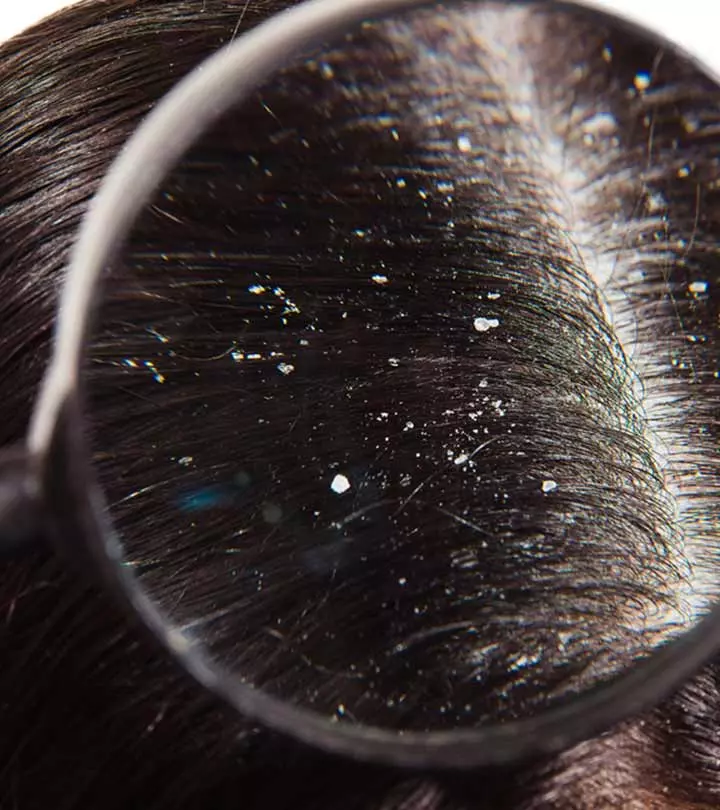
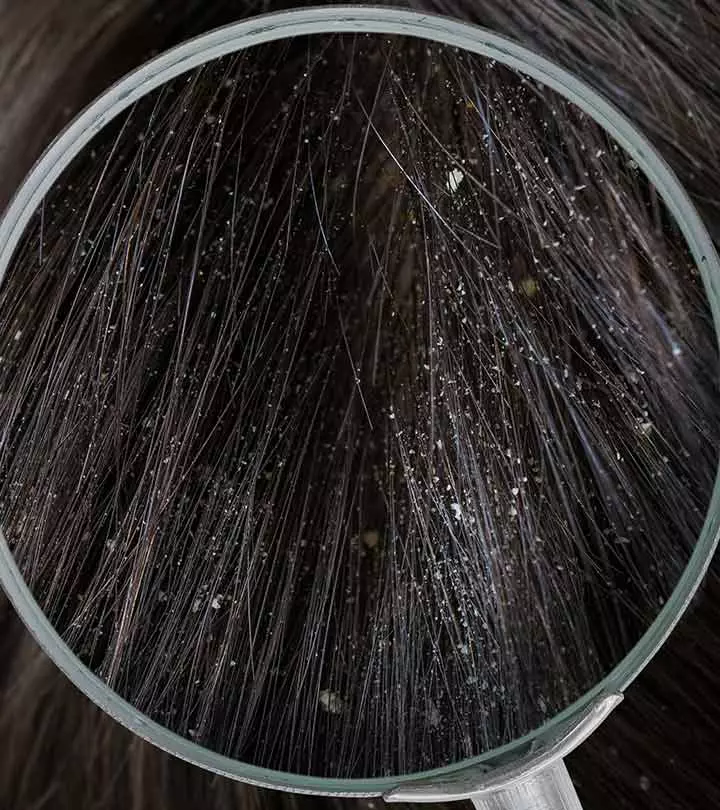
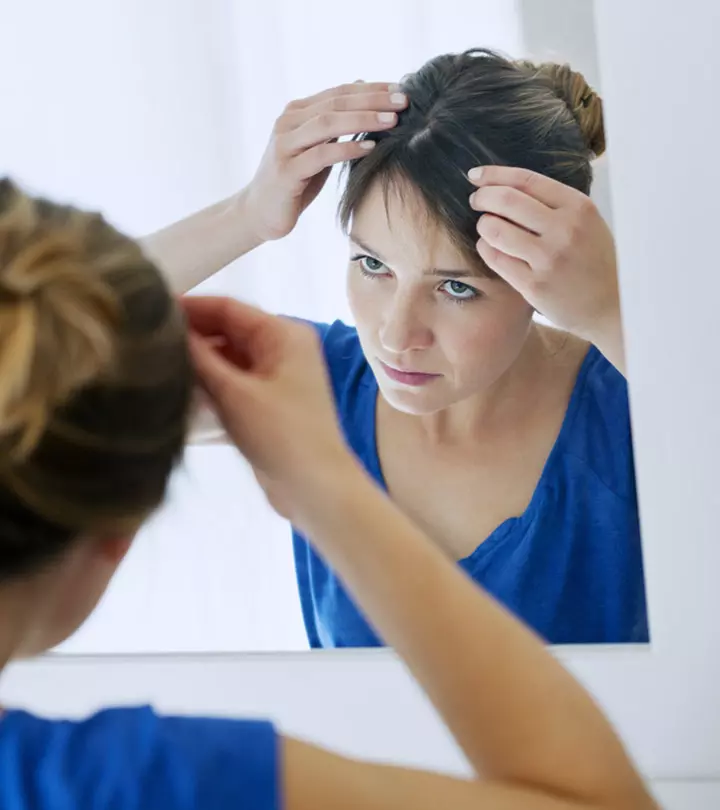

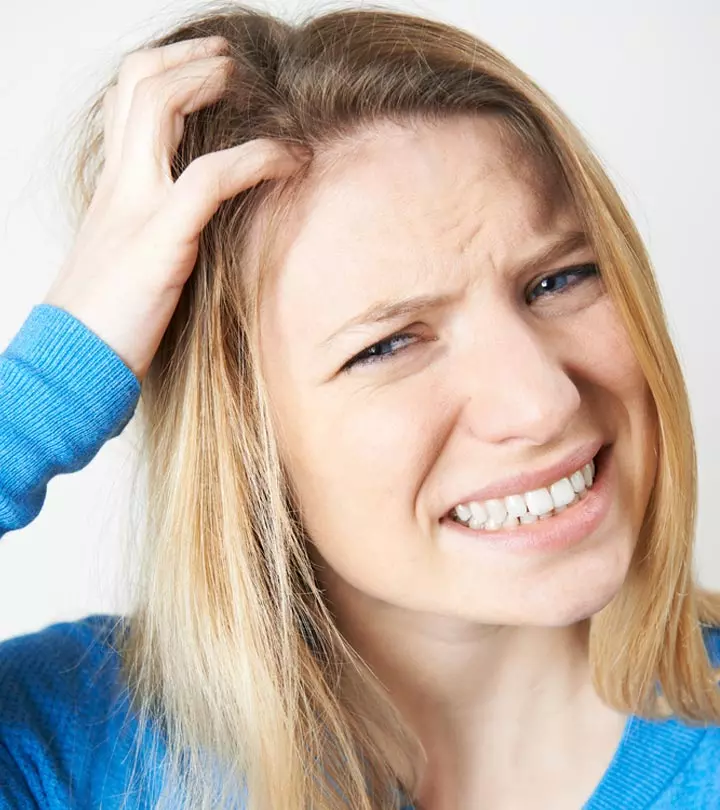
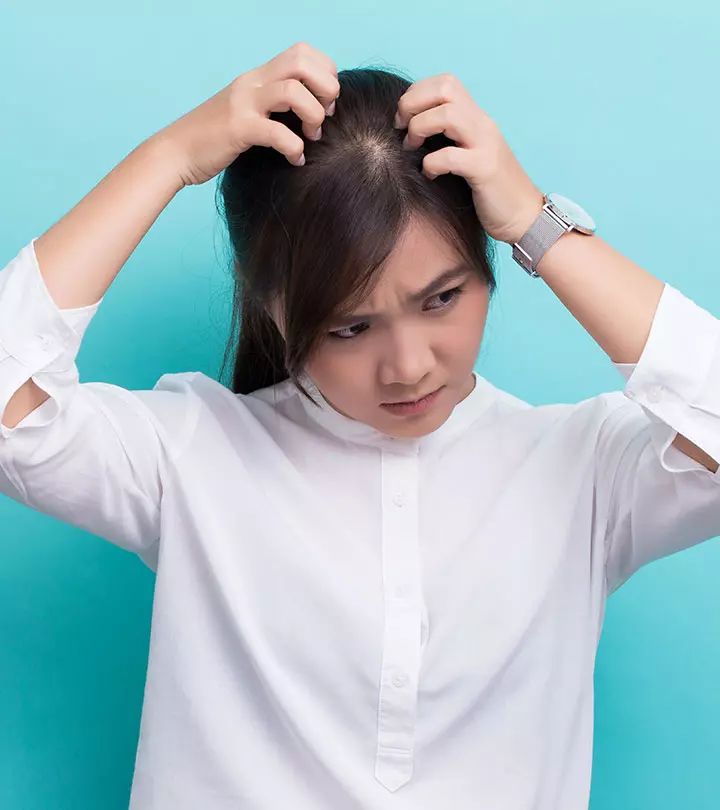
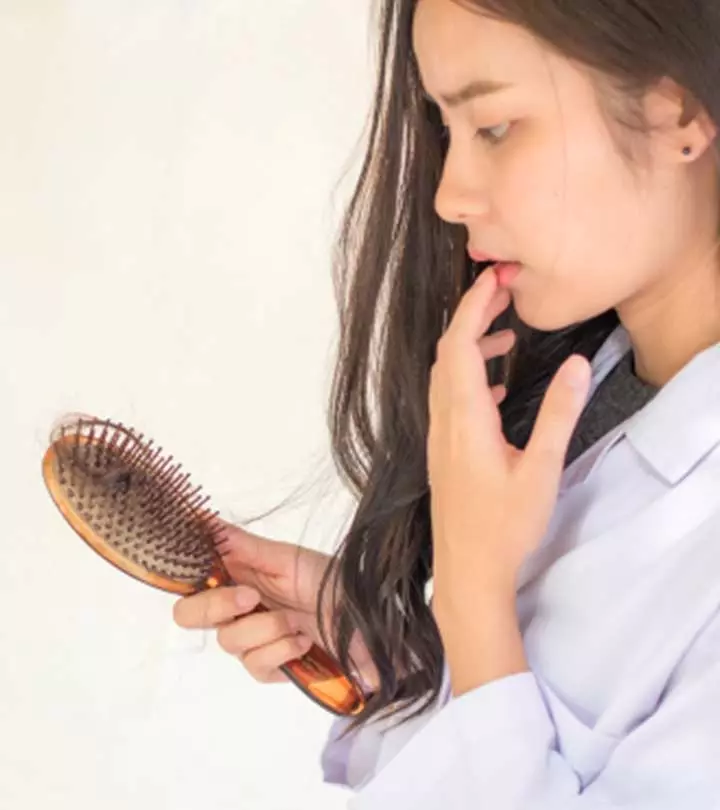

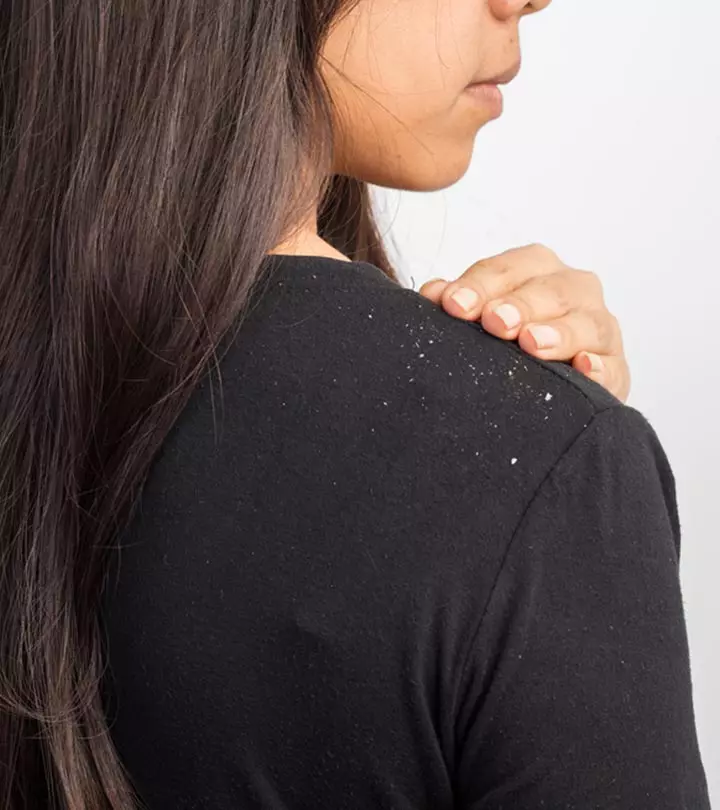
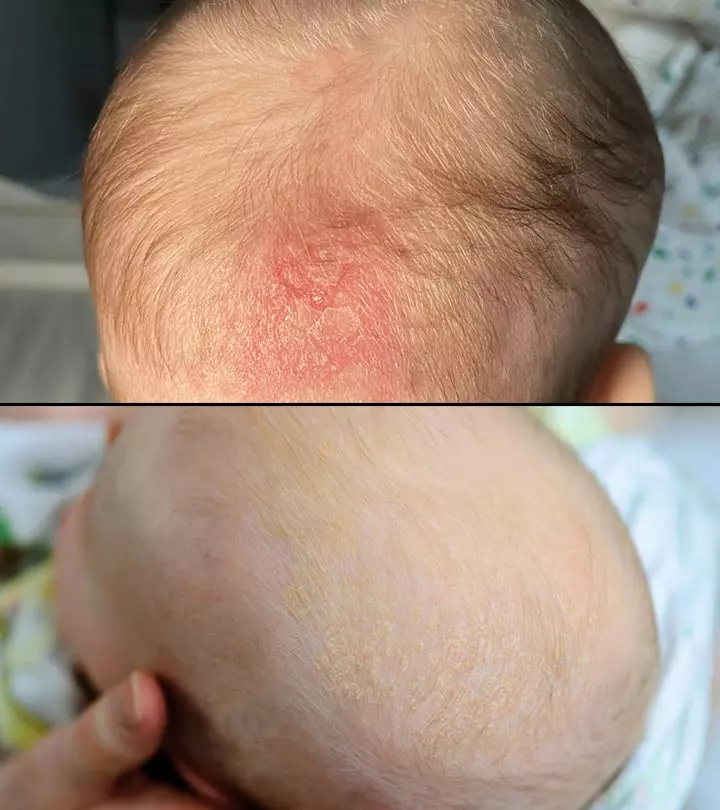
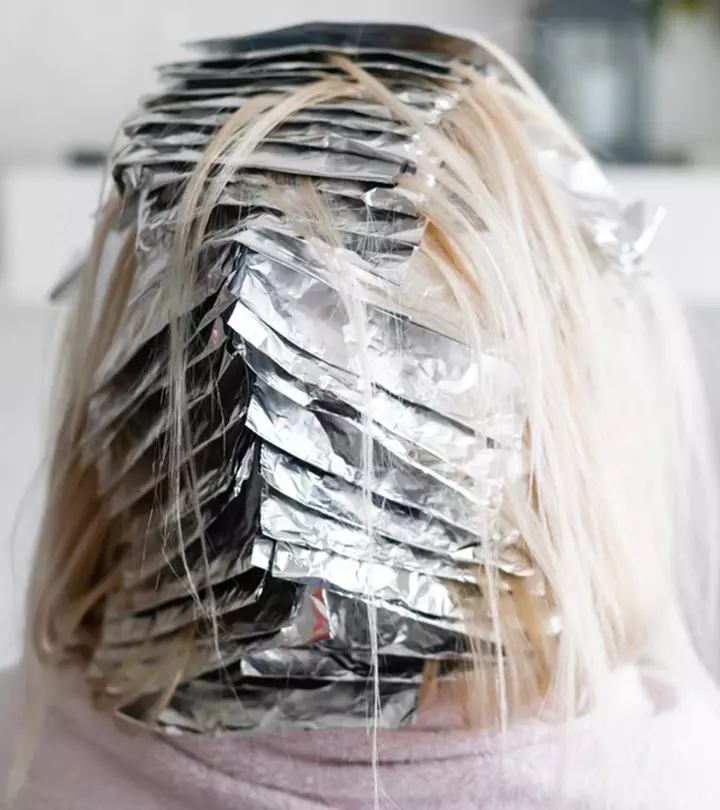


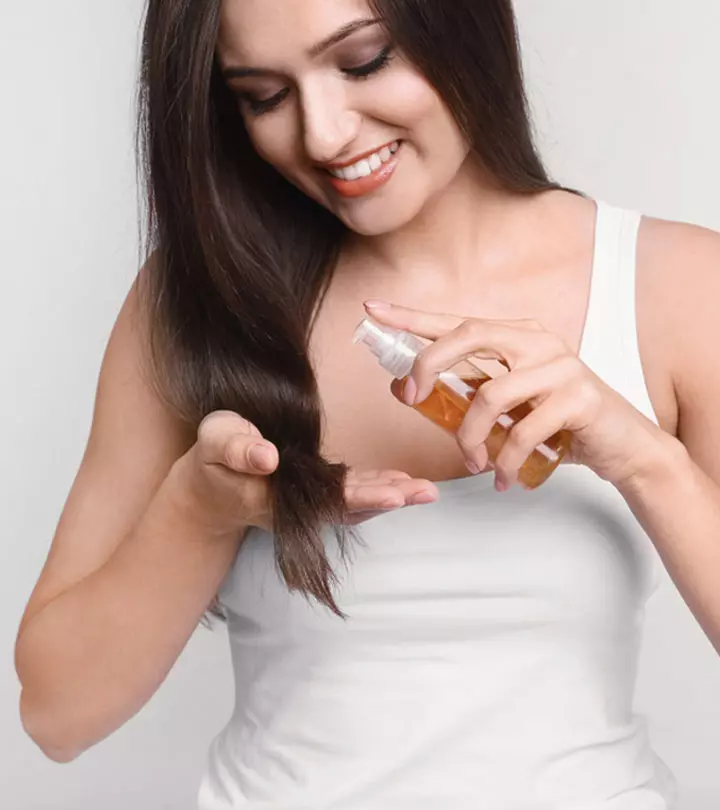
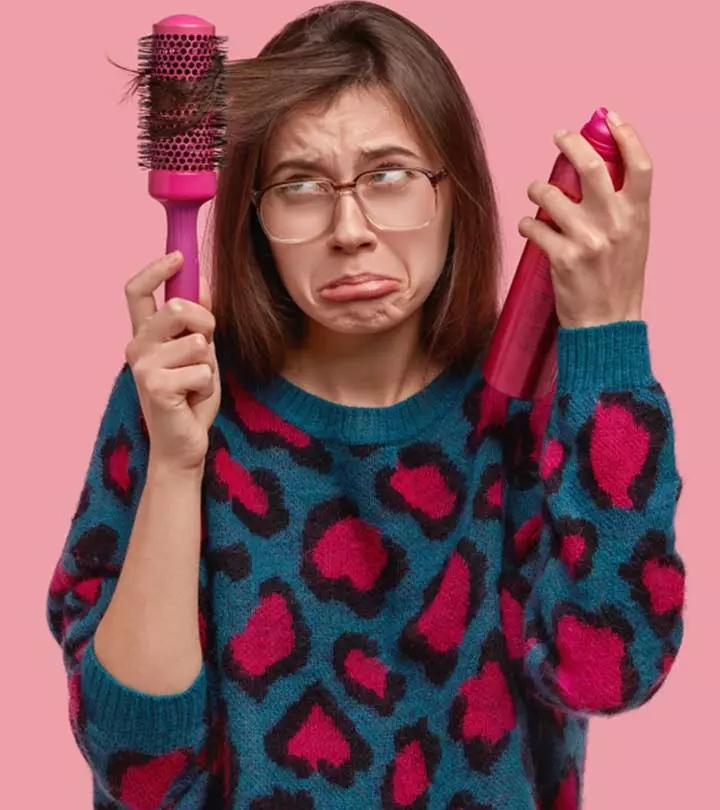
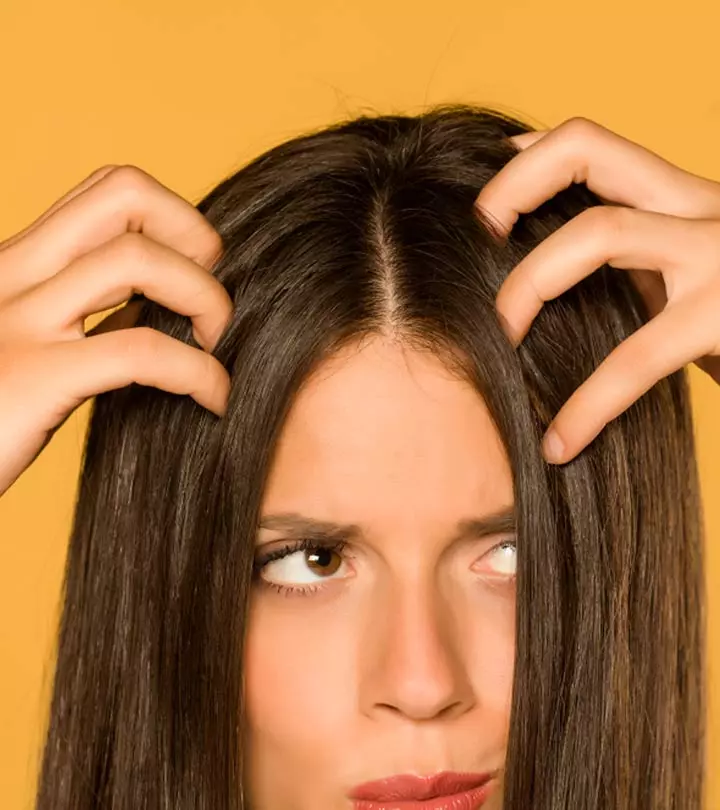
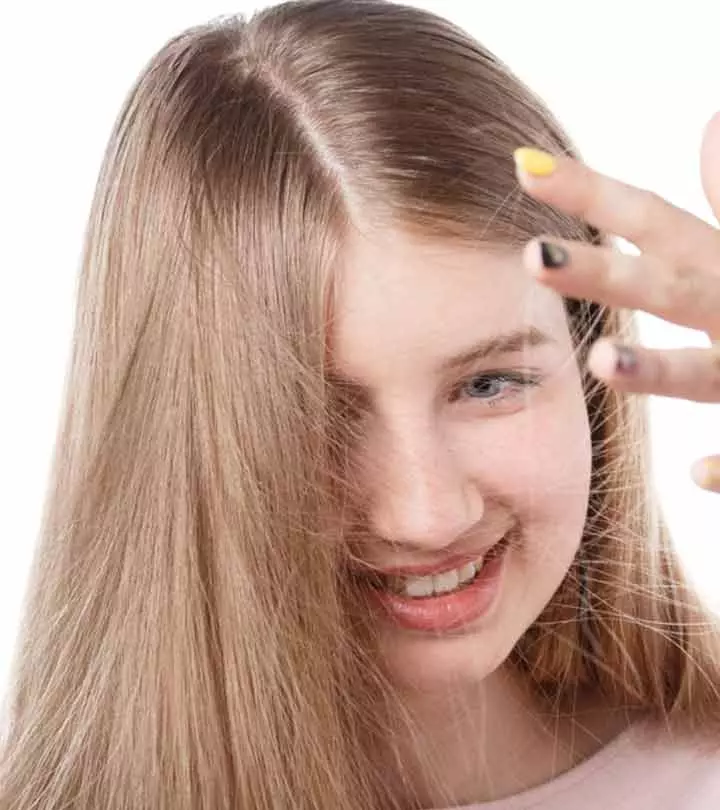
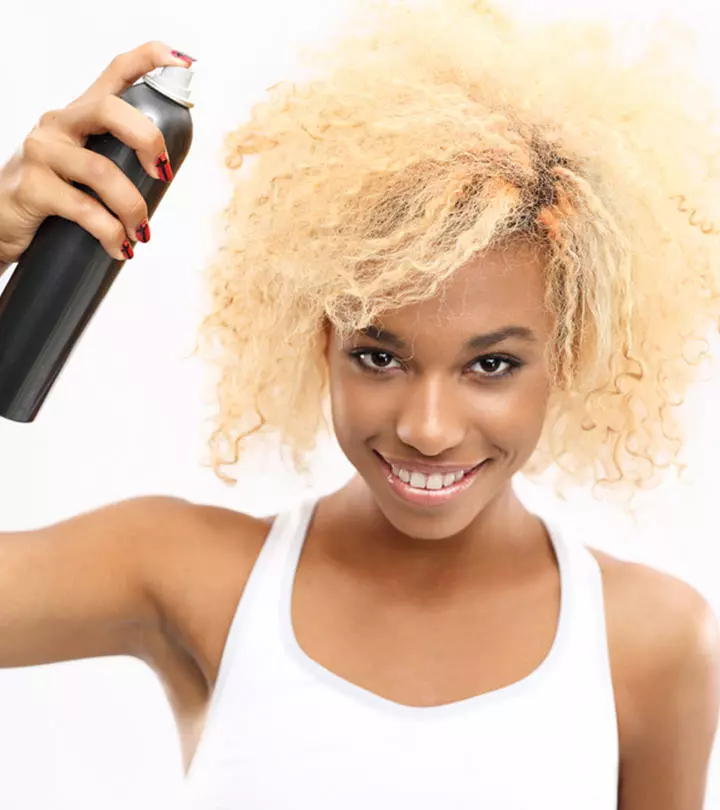

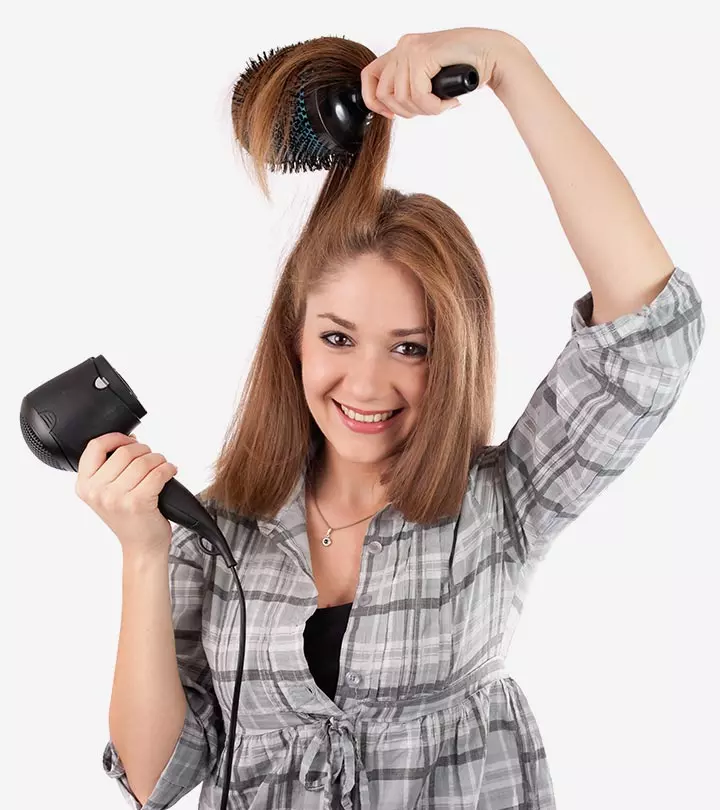

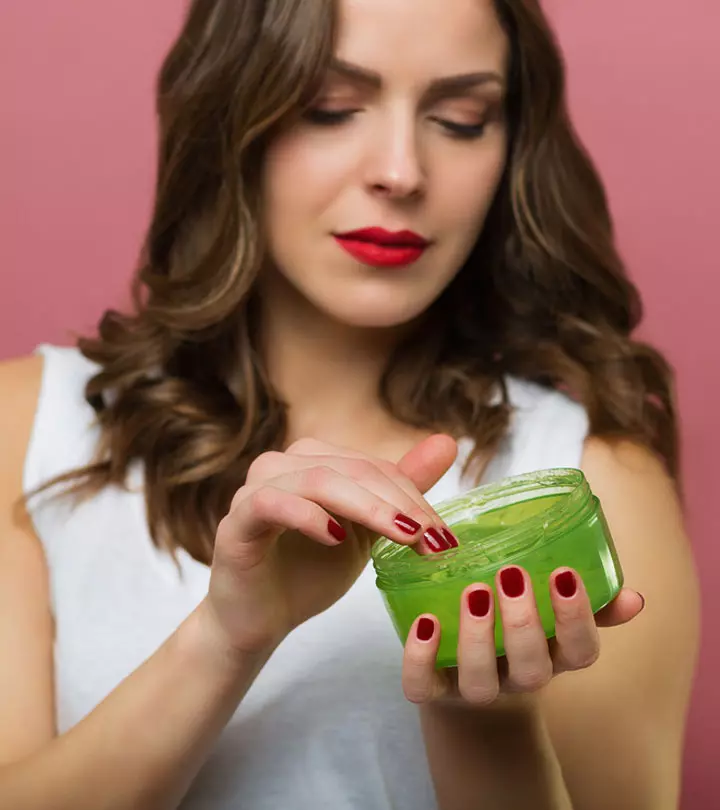
Community Experiences
Join the conversation and become a part of our empowering community! Share your stories, experiences, and insights to connect with other beauty, lifestyle, and health enthusiasts.